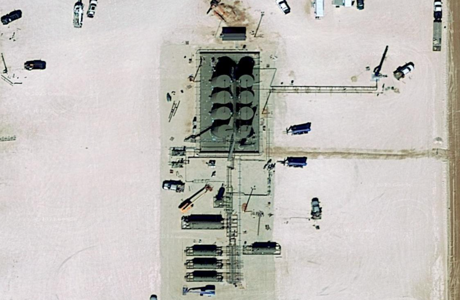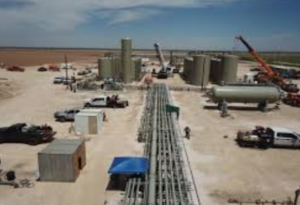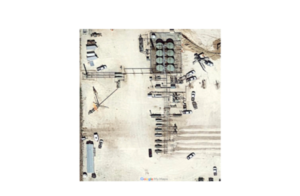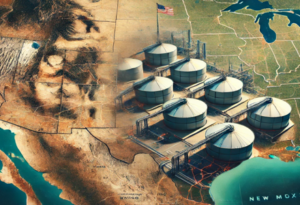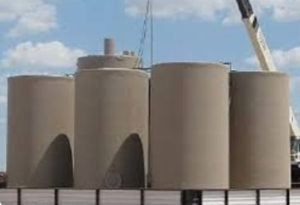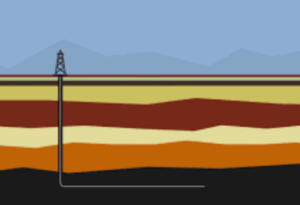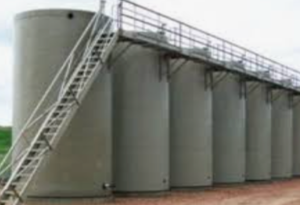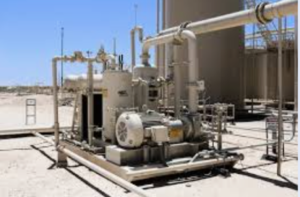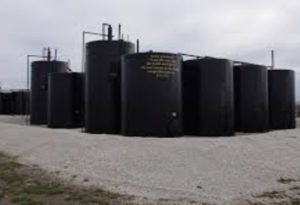An oil and gas tank requires a base for several important reasons, and the design and construction of this base are integral to the overall integrity, safety, and performance of the tank system.
Here are key reasons why an oil and gas tank needs a base:
- Load Distribution:
- A tank base serves to distribute the weight of the tank and its contents over a larger surface area. This helps prevent excessive localized loads on the supporting soil and ensures that the tank is adequately supported.
- Stability and Support:
- The base provides a stable foundation for the tank. Stability is crucial to prevent tilting, settling, or other movements that could compromise the structural integrity of the tank and its connections.
- Prevention of Settlement:
- Settlement can occur in soils over time due to factors like compression and environmental conditions. A well-designed tank base helps minimize settlement, ensuring that the tank remains level and supported.
- Tank Alignment:
- The base helps in aligning the tank properly. Correct alignment is essential for the proper functioning of the tank, including accurate level measurement and the efficient operation of equipment such as pumps and valves.
- Protection Against Corrosion:
- A properly designed tank base helps protect against soil-related corrosion. Exposure to moisture and certain soil conditions can lead to corrosion of the tank bottom. A base with proper insulation and protection measures can mitigate this risk.
- Emergency Containment:
- In the event of a leak or spill, the base acts as a containment system, preventing the released substance from spreading into the surrounding environment. This is particularly important for preventing soil and groundwater contamination.
- Accessibility for Inspection and Maintenance:
- A well-designed base provides accessibility for inspection and maintenance activities. Regular inspections of the tank and its foundation are crucial for identifying potential issues early and ensuring the ongoing integrity of the system.
- Compliance with Regulations:
- Many regulatory authorities and industry standards require tanks to have a proper foundation or base. Compliance with these regulations is essential for ensuring the safety of operations and minimizing environmental risks.
- Prevention of Tipping and Overturning:
- The base contributes to the prevention of tipping or overturning of the tank. This is particularly important in areas with high wind loads or seismic activity. Anchoring systems may be integrated into the base design for added stability.
- Environmental and Safety Considerations:
- Tanks often contain hazardous materials. A proper base helps in preventing spills and leaks, protecting the environment, and minimizing the risk of accidents.
- Support for Accessories:
- Tanks are often equipped with accessories such as ladders, platforms, and instrumentation. The base provides a secure foundation for these accessories, ensuring their stability and functionality.
The design and construction of tank bases are subject to engineering considerations, soil analysis, and adherence to industry standards and regulations. Professional engineering input is essential to ensure that the tank base is suitable for the specific conditions at the installation site and complies with safety and environmental requirements.
Additional Tank Information

